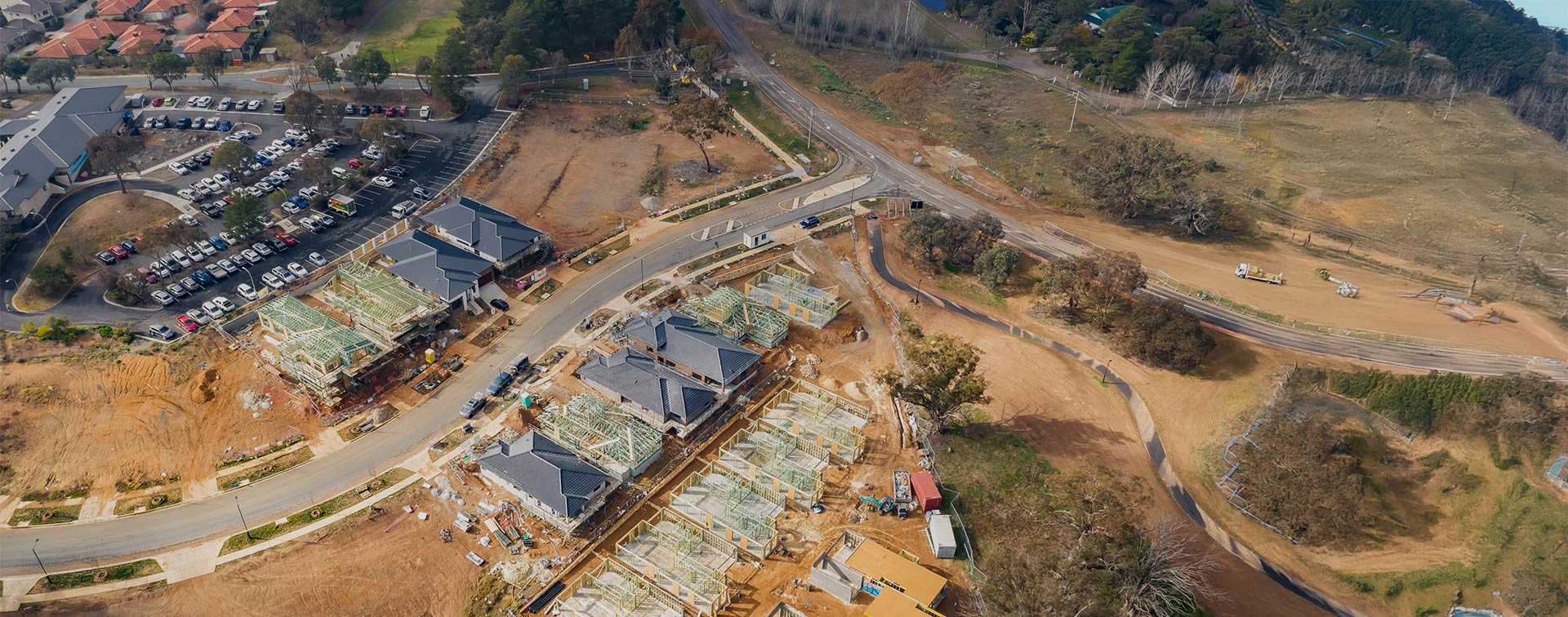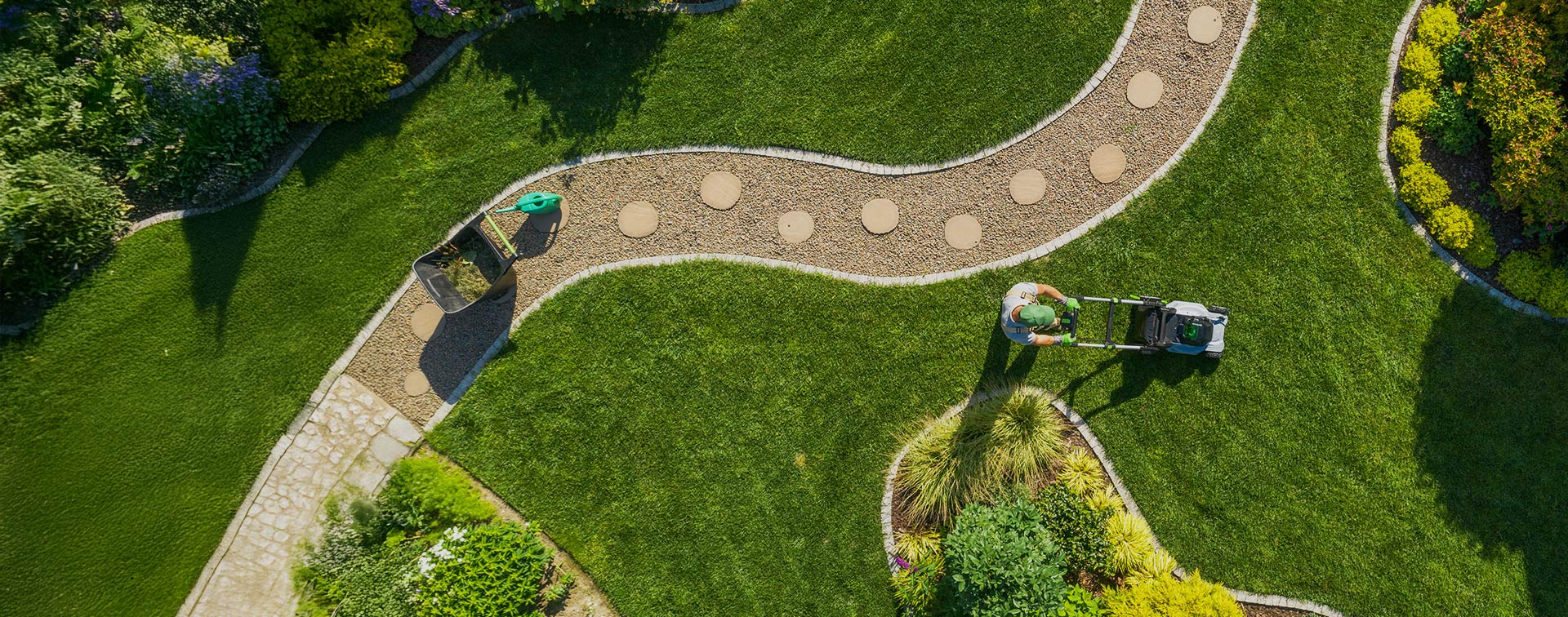With significant projects underway in Sydney, Melbourne and Brisbane—and Brisbane gearing up as host for the 2032 Olympics—investment in facility upgrades is booming. Major precincts like Olympic Park are expanding, and government initiatives such as Sport Australia’s Facilities Grant Program are supporting upgrades with funding from a few hundred thousand dollars to multi-million-dollar grants.
Market forecasts suggest the sports, fitness and recreation sector will grow at around 4-5% annually. In this environment, there is potential for service providers to expand their offerings.
Navigating the sports ecosystem.
The sports industry is built on top of a complex network of relationships, power players and community influencers. Investors, politicians, social clubs and local leaders all shape the market. For service providers, understanding and maintaining these key relationships is crucial. With a captive customer base and the right connections, you already have a foothold that can be built upon with strategic moves.
Once your presence is established, diversifying your service offerings is the natural next step. The technology landscape in sports facilities is evolving quickly, and adding new tech solutions can complement your existing services.
For example:
1.
If your business sells turf and grass or does landscaping, you could consider adding to your services:
- Soil moisture and nutrient sensors for precision irrigation
- AI-driven robotic mowers for autonomous turf management
- Drone-based imaging for detailed turf health analysis
2.
If you have a customer base of aquatic facilities, think about integrating:
- Real-time water quality sensors to monitor pH, chlorine and turbidity
- IoT-based leak detection systems with automated alerts
- AI-powered scheduling tools that predict maintenance needs based on usage patterns
3.
Have you considered expanding into digital signage and interactive displays by offering:
- Touchless, gesture-controlled interactive displays
- Crowd control and smart signage
- AI-driven content management systems that adapt to real-time audience data
4.
You could complement your offering with advanced environmental monitoring and indoor air quality solutions
- Real-time sensors for CO₂, particulates and VOCs
- AI analytics to predict and manage indoor air quality
- IoT-enabled ventilation controls that adjust based on sensor data
Additional innovations in areas such as smart parking, blockchain-enabled ticketing, augmented reality experiences, AI crowd analytics, and digital fan engagement platforms, are also opening new revenue streams.
By integrating these practical technologies into your maintenance plans and service contracts, you can enhance your offerings and maintain a steady cash flow.
Leveraging service plans for growth.
Developing integrated service plans can secure a captive customer base and provide steady recurring revenue. Predictive maintenance powered by the Artificial Intelligence of Things (AIoT) moves your approach from reactive repairs to proactive, scheduled service.
Here are five strategies to consider when introducing a new division:
- Assess your current technology stack: Identify where IoT sensors or AIoT capabilities can be added with minimal additional investment.
- Bundle complementary services: Create integrated packages that combine existing offerings with new technologies, ensuring reliable cash flow through recurring contracts.
- Implement predictive analytics: Use AIoT tools to forecast maintenance needs and schedule services in advance, reducing unexpected downtime.
- Expand cross-selling opportunities: Leverage your existing relationships to introduce complementary services, such as adding digital signage to an LED lighting business.
- Streamline financial management: Adopt an interconnected Enterprise Resource Planning (ERP) system that supports multi-currency, multi-entity reporting and robust supply chain integration, ensuring every decision is backed by reliable data.
A fresh perspective for growth.
As a facility service provider for sports venues, you already understand your market and the key relationships that make it tick. With solid connections in place and a captive customer base, it’s now a good time to explore how adding practical innovations—like sensors, drones and AIoT technologies—can be integrated into your maintenance plans.
An integrated system not only simplifies day-to-day tasks like warehouse management, billing and procurement but also provides reliable data to guide your decisions on expanding your service offerings.
By keeping an eye on emerging trends and making thoughtful, incremental changes to your portfolio, you can broaden your business without adding unnecessary operational burdens.
Smart financials can support a more efficient approach to maintenance, improve customer relationships and help diversify your offerings in a way that keeps your business modern and competitive.
Tired of chasing reports? Put your sheets together.
Take a moment to consider the simple, practical steps you could take today to enhance your service plans, and let your data guide you to a more balanced and future-focused operation.


